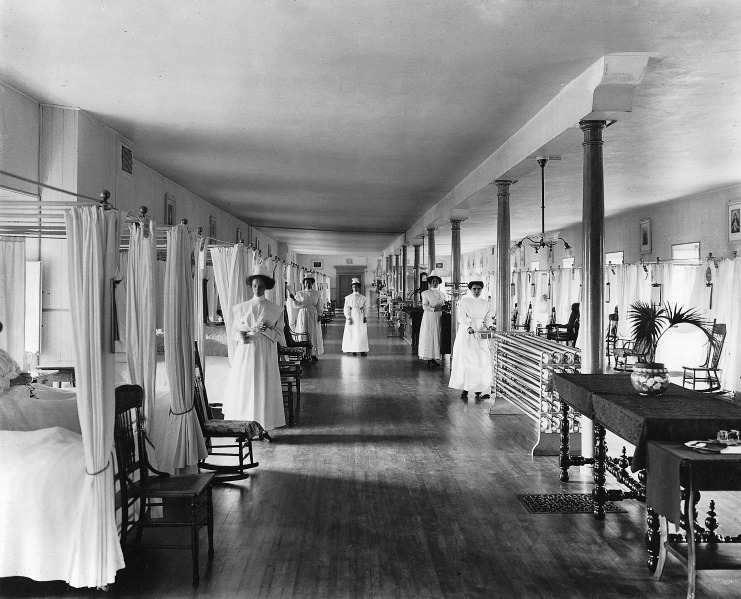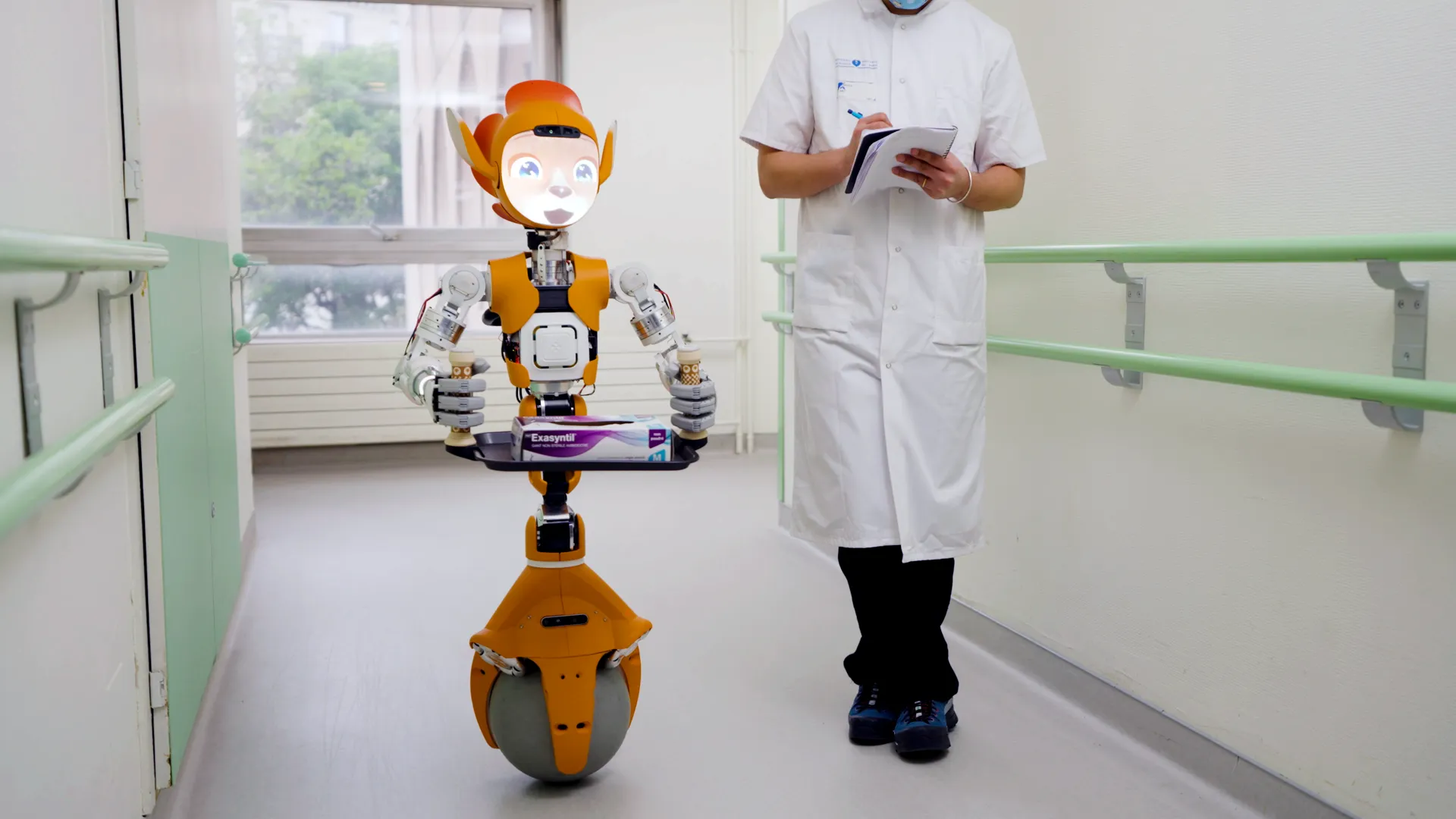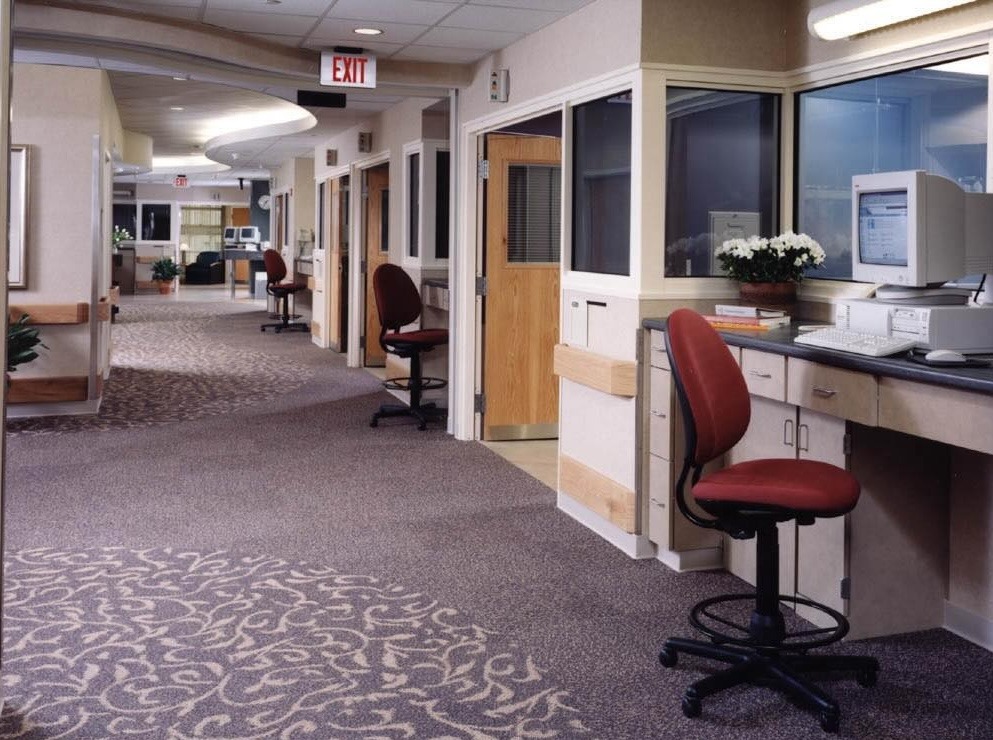Did you submit a presentation proposal for the Healthcare Design Expo & Conference this year?
I did. And guess what? It was rejected.
Architect Greg Mare and I proposed a session to examine 10 of the most important historically significant events that have impacted healthcare facility planning, design, and construction.
Because many of these events are still influencing our thinking today, including how we’re dealing with the pandemic, we thought it would be a topic worthy of the conference program. We'd submitted it for last year's conference, but HCD went virtual in 2020 and our submission was not selected for the conference's more limited program.
Evolution of Design Innovations
Greg and I were also going to explore the evolution of some design innovations that took awhile to be accepted and review key lessons learned from the pandemic.
Maybe the selection committee felt that everyone is tired of hearing about what the pandemic has taught us about building design. Or that they don't want to hear it from two people who haven't been on the front lines. Having someone from the facilities side as a co-presentor might have helped our chances.
The committee also probably thinks that learning from the past is also probably not a high priority for healthcare facility and design professionals right now. They may be right.
2,000+ Views
But here's the thing.
I think healthcare facility and design professionals ARE interested in learning from the past right now.
When I posted a link to an article in The Atlantic earlier this year titled "We're Just Rediscovering a 19th-Century Pandemic Strategy" in my LinkedIn feed, it got more than 2,000 views. Now that doesn't mean that everyone read the article, but they were interested enough to read what I had to say about it.
Buildings Designed to Get Rid of Bad Air
The article's author examines past ideas about the importance of ventilation on health and how 19th Century buildings were designed to get rid of bad air. She also recounts how the CDC finally came around last year to believing the evidence for airborne transmission of the virus that causes Covid-19.
It's a fascinating read.
The author concludes, "Like so many viruses before it, the coronavirus is likely to be tamed by vaccines. Perhaps soon, ventilation won't matter again. But Covid-19 is a humbling reminder of the value of lost knowledge."
Indeed.
Renowned history professor Peter N. Stearns once wrote, "The past causes the present, and so the future." That's certainly the case in our thinking about ventilation in healthcare facilities. And probably other design strategies as well.
Learn From Recent History
So I encourage you to keep looking back at the history of healthcare design to innovate for the future. And it doesn't have to be 100 years ago, either. Recent history can be informative as well.
To that end, I offer digital downloads of the Journal of Healthcare Design, the edited transcripts of all the presentations from the original Symposium on Healthcare Design (1988-1998). It's a great archive of what some of the pioneers in the healthcare facility and design field were talking about then. And many of their ideas are still in practice today.
The journals are no longer in print, but I have PDF copies because I was the editor of eight of those 10 volumes.
As for our presentation proposal, I don't think Greg and I are going to submit it again for the Healthcare Design conference. And I'm okay with that.
Because whenever I think of failure, I remember what basketball great Michael Jordan once said. "I’ve missed more than 9,000 shots in my career. I’ve lost almost 300 games" he admitted. Twenty-six times I’ve been trusted to take the game-winning shot and missed. I’ve failed over and over and over again in my life. And that is why I succeed."
P.S. Please do me a favor -- if you liked this post and like this blog, please share it with others by sending them the link or posting it on your Twitter, LinkedIn, or Facebook. Also, don't forget to subscribe, so you'll get emails when new content is posted. Thanks!







